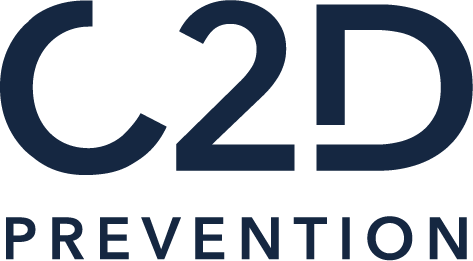
Behavior-Based Safety (BBS) is an innovative methodology used by companies to improve workplace safety by acting directly on employee behaviour. Its main goal is to reduce workplace accidents by encouraging safe habits through behavioural observation, positive feedback, and the active participation of all employees.
Origins and Evolution of BBS in Occupational Risk Prevention
BBS is based on the pioneering research of Herbert William Heinrich in the 1930s, which showed that nearly 95% of accidents are linked to unsafe behaviours. This approach was formalised in the 1970s by experts such as Gene Earnestand Jim Palmer, who sought to reduce workplace injuries in their organisations. Since then, the methodology has been refined thanks to the work of renowned specialists like E. Scott Geller and Dan Petersen, making BBS a cornerstone of modern risk management programmes.
Where and When to Apply BBS
BBS can be implemented in all sectors where workplace safety is essential, particularly industry, construction, healthcare, and logistics, and is especially relevant in high-risk environments. The method is part of a continuous improvement process aimed at establishing a sustainable prevention culture and achieving a 100% safety mindset.
How the Behavior-Based Safety Method Works
- Observation of safe and at-risk behaviours:trained observers use tailored behavioural checklists adapted to the company’s specific activities and risks.
- Constructive feedback: observations lead to immediate feedback to reinforce safe behaviours and encourage improvement.
- Collective participation and engagement: the method involves all employees, including management, in a shared effort to prevent workplace accidents.
- Monitoring, measurement, and adaptation: key performance indicators (KPIs) are used to track progress, adjust actions, and maintain ongoing commitment.
Essential BBS Tools for Accident Prevention
- Behavioural observation checklists tailored to specific professions.
- Mobile apps or paper forms to facilitate data collection in the field.
- Dashboards and analytical reports to guide prevention actions.
- Feedback sessions and collaborative workshops to strengthen engagement.
- Recognition programmes to sustainably encourage safe behaviours.
Why Adopt BBS in Your Organisation?
BBS addresses not only material risks but also fosters individual and collective responsibility. By sustainably changing work habits and valuing good practices, this programme significantly reduces workplace accidents and helps establish a genuine shared safety culture. Its pragmatic, scientific, and participatory approach places human behaviour at the heart of risk prevention, ensuring the long-term sustainability of a safer organisation.
Our Contribution
We support you in building a clear system for monitoring workplace behaviours and defining appropriate actions when at-risk behaviours are detected.
To achieve this, we have developed KBI, an easy-to-use online software that every employee can handle effortlessly to record their observations.
Inspired by the BBS methodology, this tool allows you to capture safe or at-risk behaviours anytime and anywhere, helping to build a safety-focused corporate culture together.
KBI is a practical, easy-to-deploy application that makes behavioural prevention accessible to all teams.
Key Takeaways
The BBS is a method based on the observation of behaviours and positive feedback to reduce workplace accidents.
It places the human factor at the heart of prevention, promotes collective responsibility, and establishes a 100% safety culture.
With KBI, this approach becomes simple, measurable, and accessible to all teams.
How is BBS different from traditional approaches?
Unlike approaches focused solely on rules and procedures, BBS relies on positive feedback, collective participation, and individual accountability to embed safe habits and behaviours.
In which sectors can it be applied?
BBS can be implemented in all high-risk environments – industry, construction, healthcare, logistics – anywhere safety depends on human behaviour.
What are the key tools of a BBS approach?
Behavioural checklists, field observations, performance indicators (KPIs), feedback sessions, and recognition programmes that value and reinforce safe practices.
What are the concrete benefits?
Measurable reduction in accidents; Improved safety climate; Increased employee engagement; Development of a lasting prevention culture
What is KBI and how does it fit into BBS?
KBI is a digital tool developed by C2D Prévention, inspired by the BBS methodology.
It allows every employee to easily report safe or at-risk behaviours, turning prevention into a continuous and collective process.
Yang, E., Kim, Y., & Rodgers, C. (2024). Effects of a behavior-based safety observation program: promoting safe behaviors and safety climate at work. Work, 77(1), 133-145.
Spigener, J., Lyon, G., & McSween, T. (2022). Behavior-based safety 2022: Today’s evidence. Journal of Organizational Behavior Management, 42(4), 336-359.
Nunu, W. N., Kativhu, T., & Moyo, P. (2018). An evaluation of the effectiveness of the Behaviour Based Safety Initiative card system at a cement manufacturing company in Zimbabwe. Safety and health at work, 9(3), 308-313.
